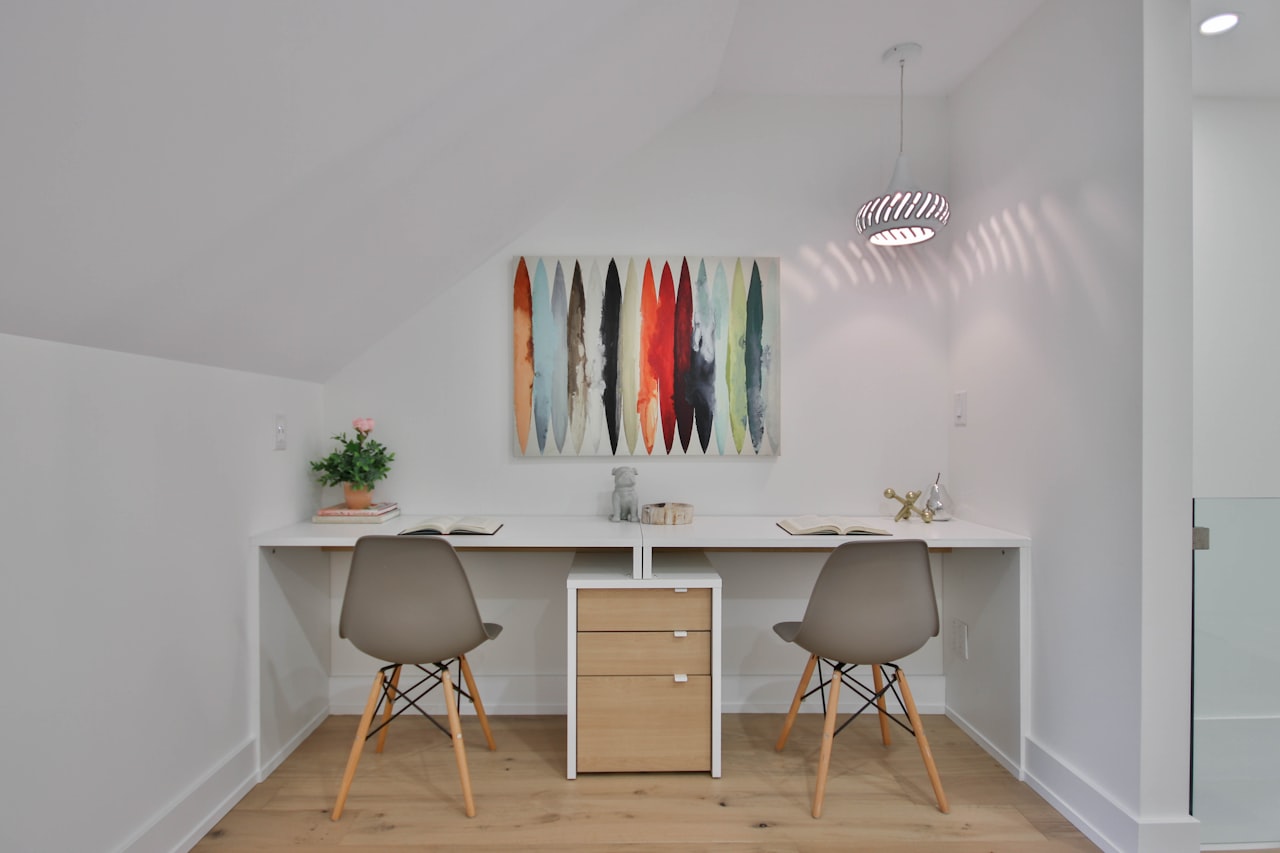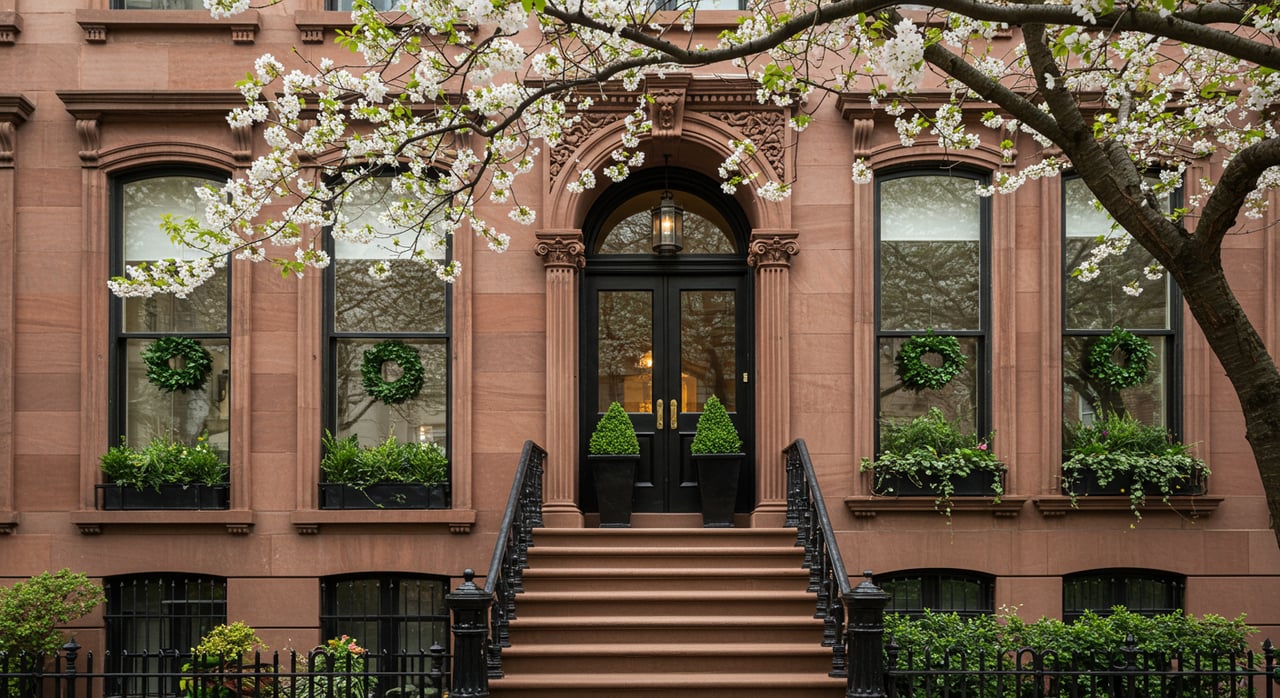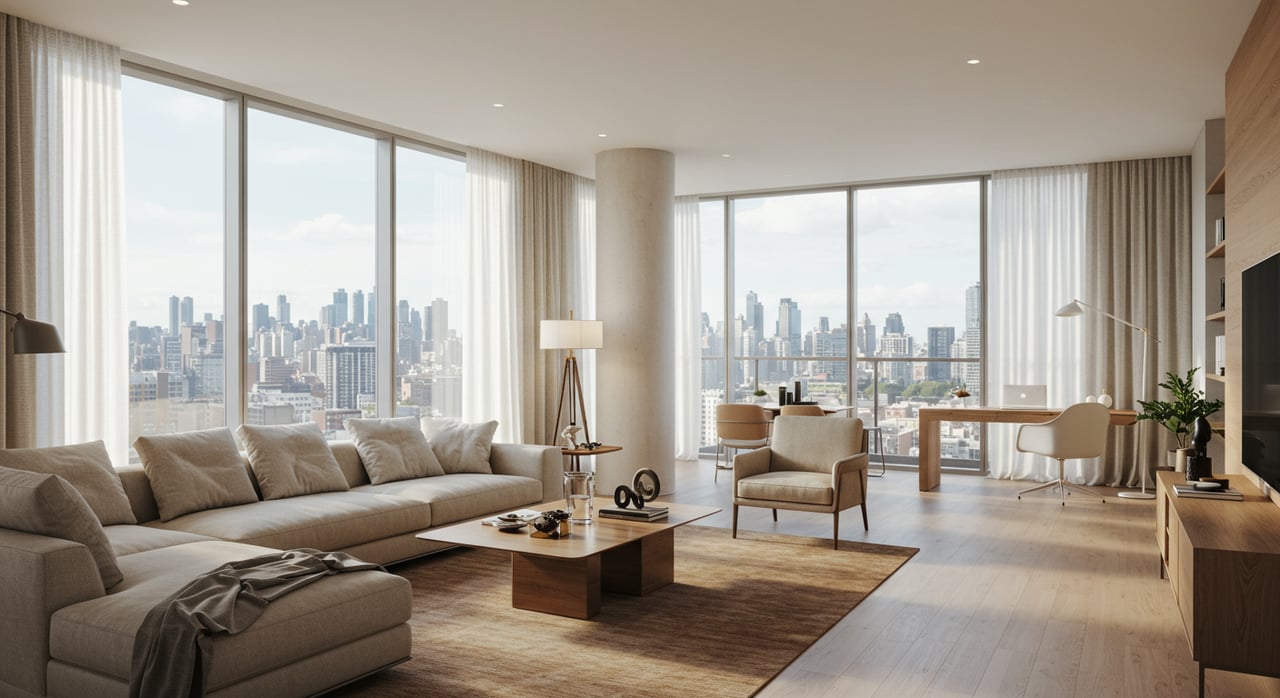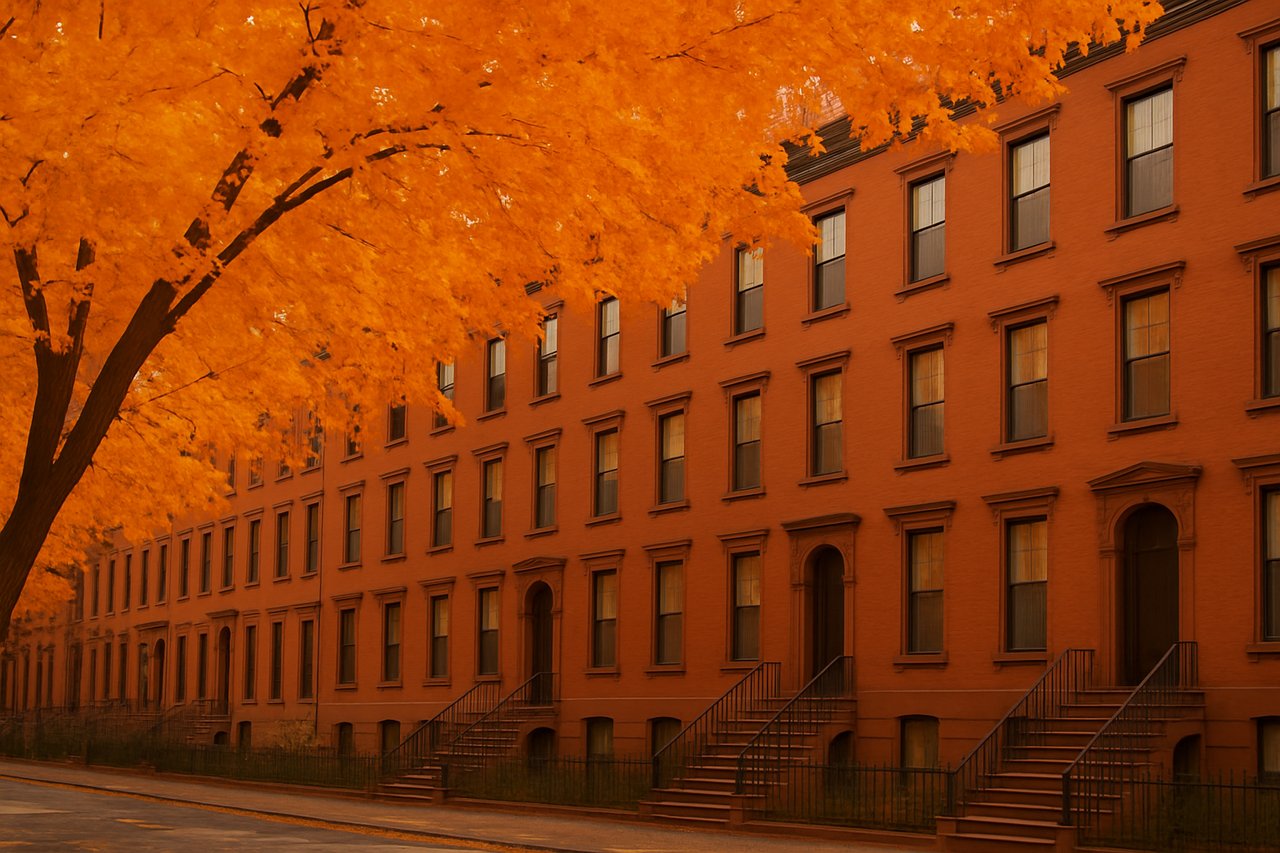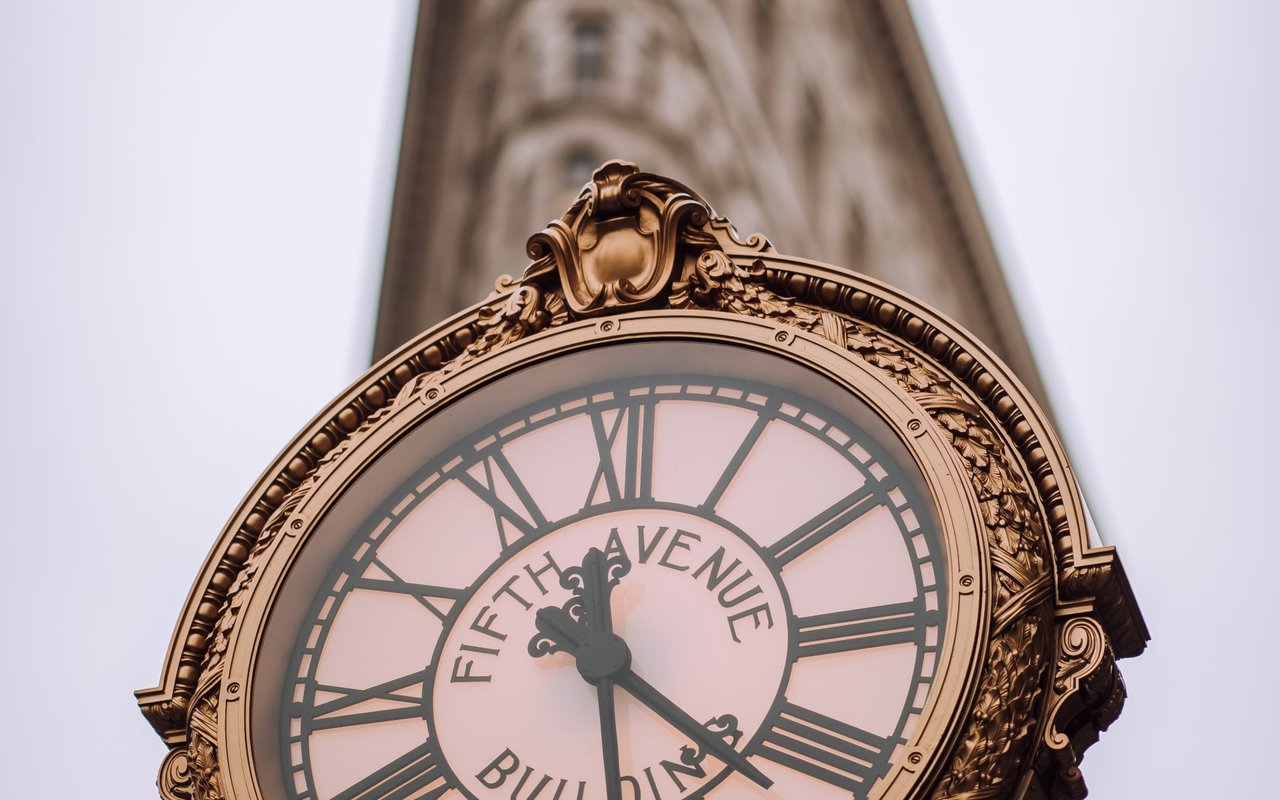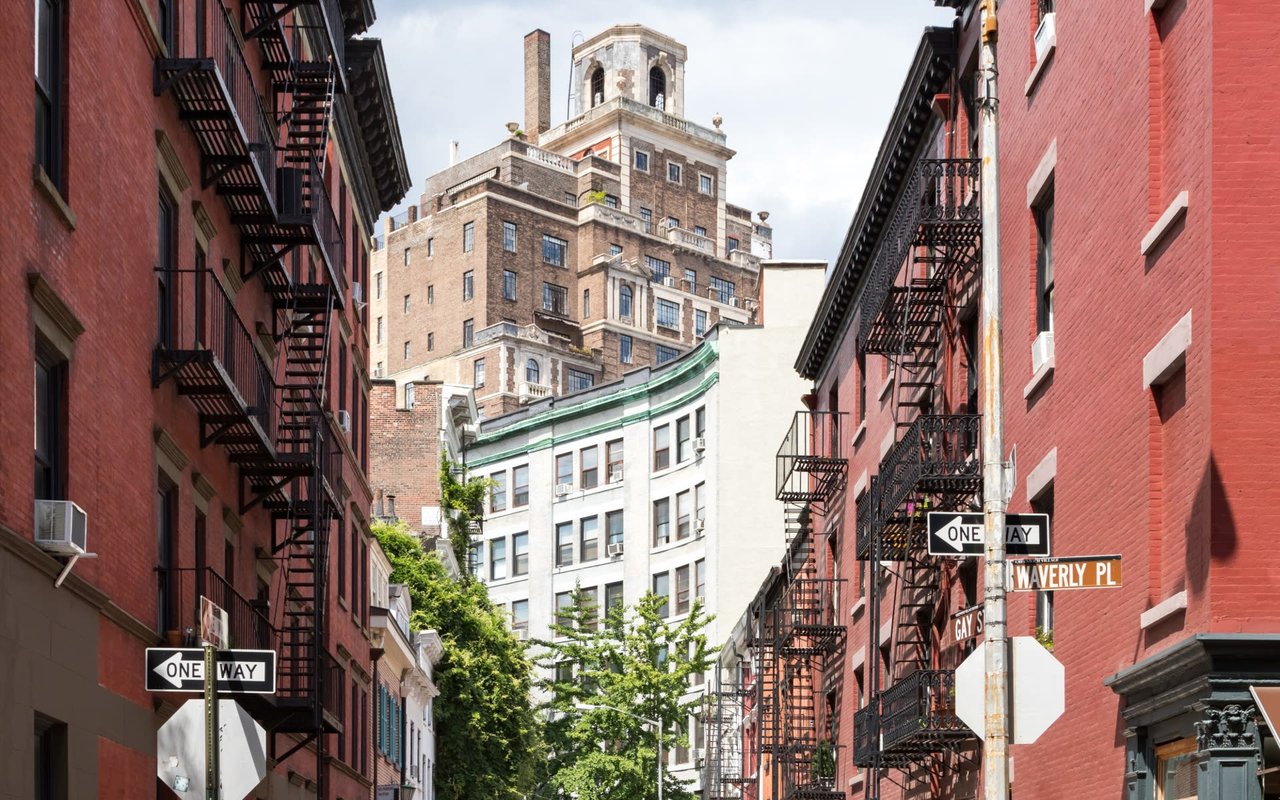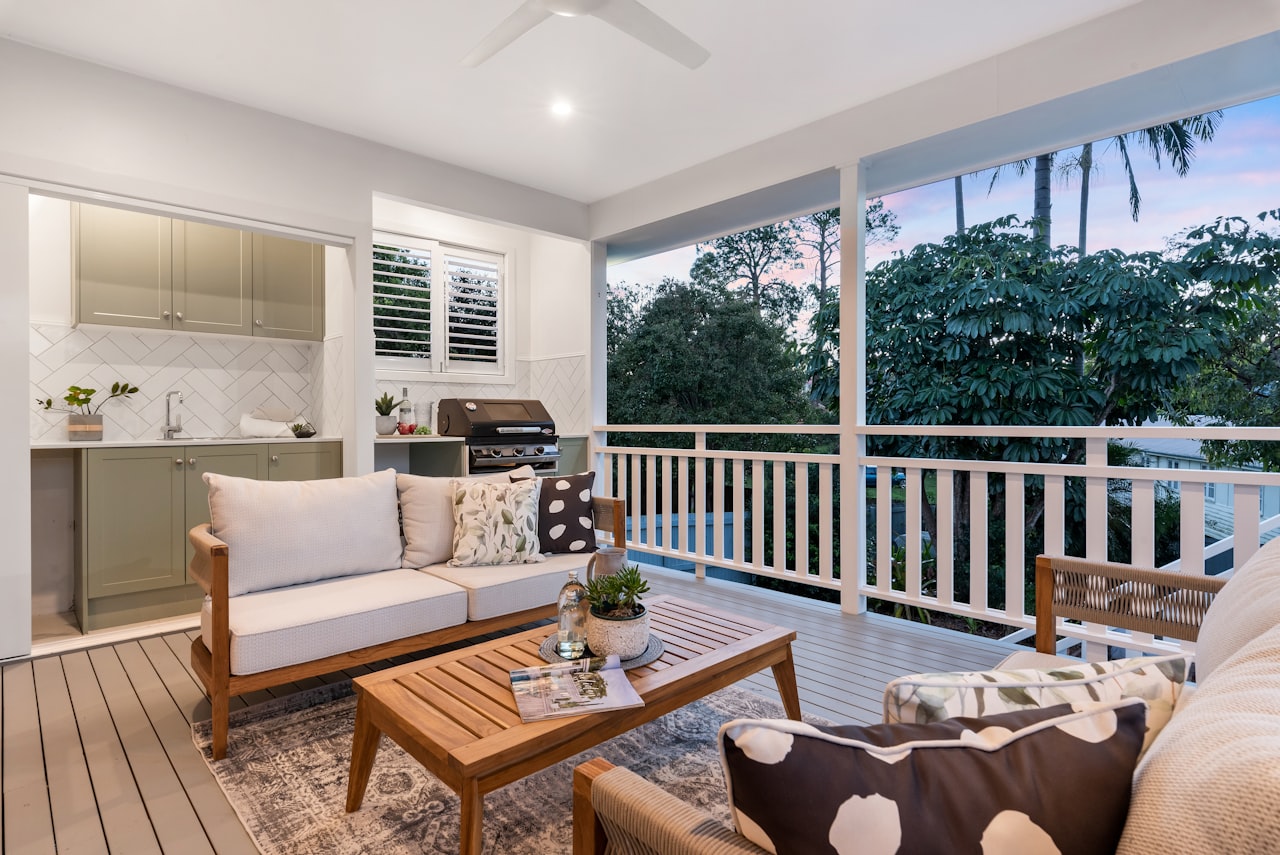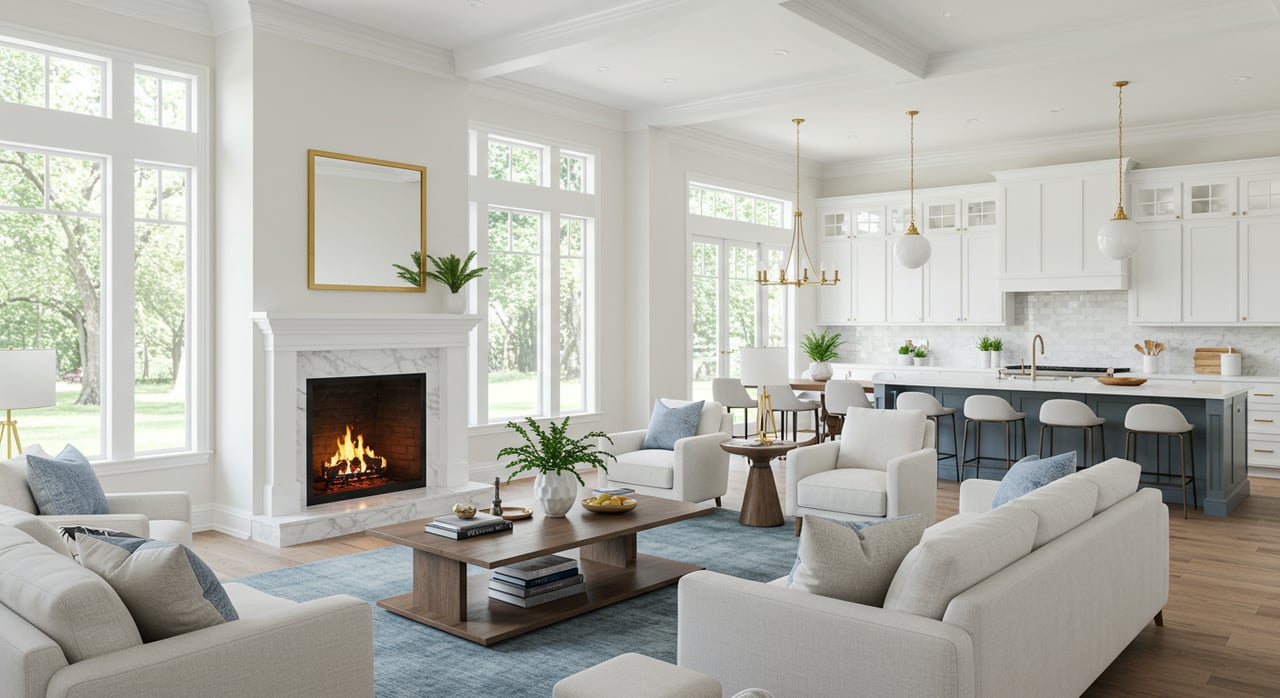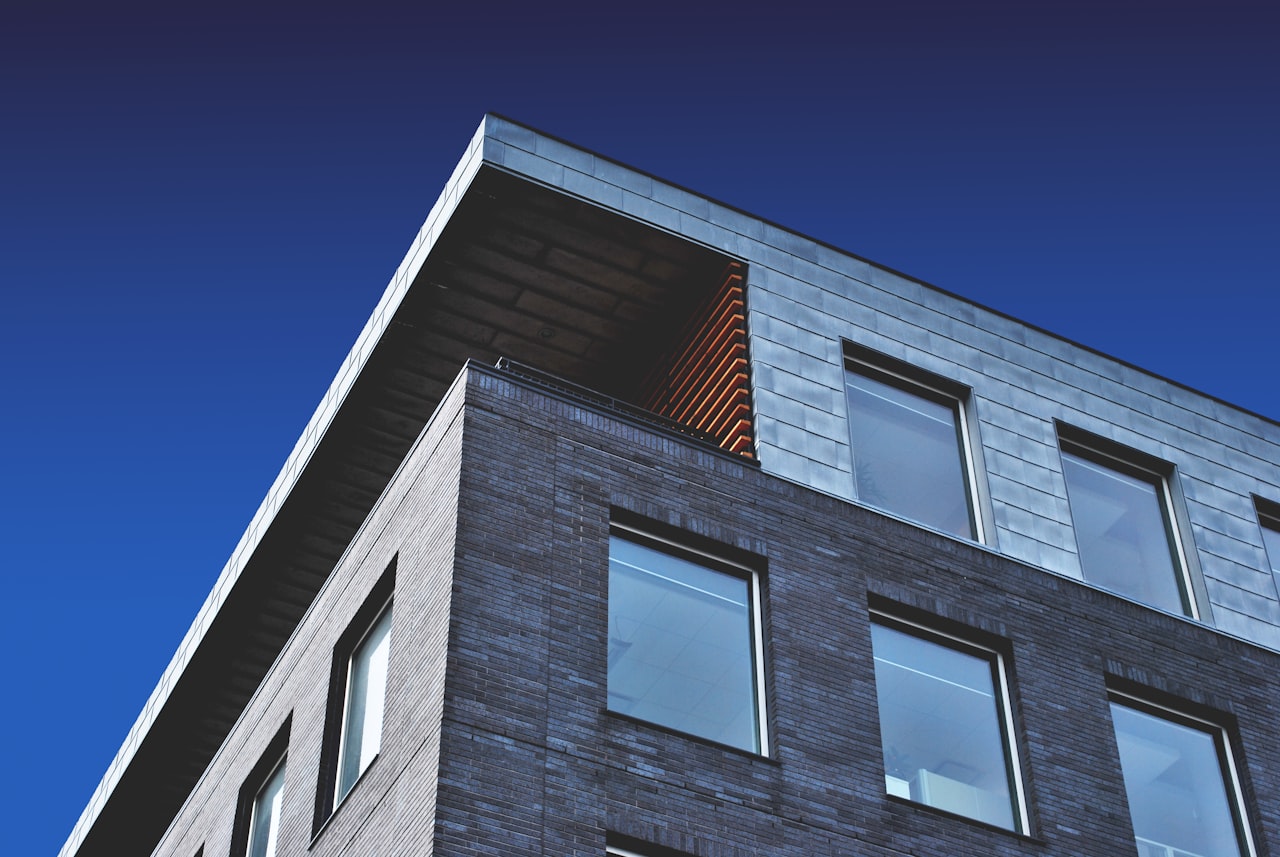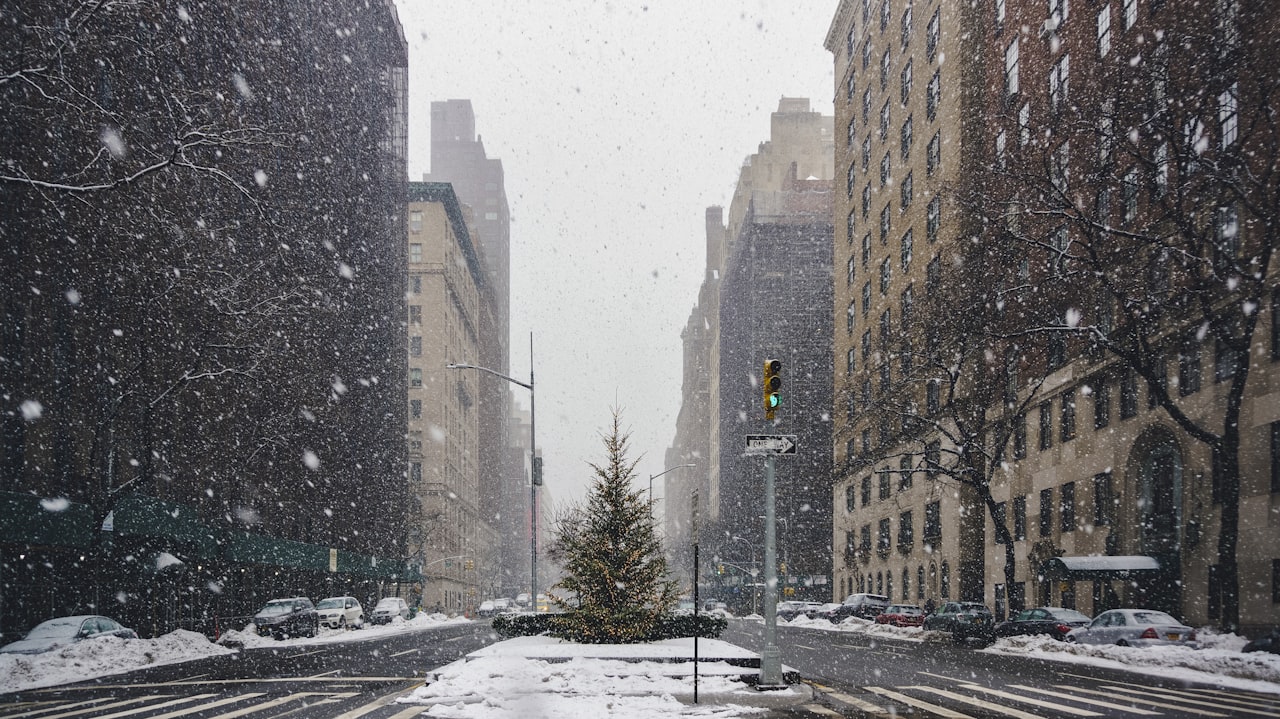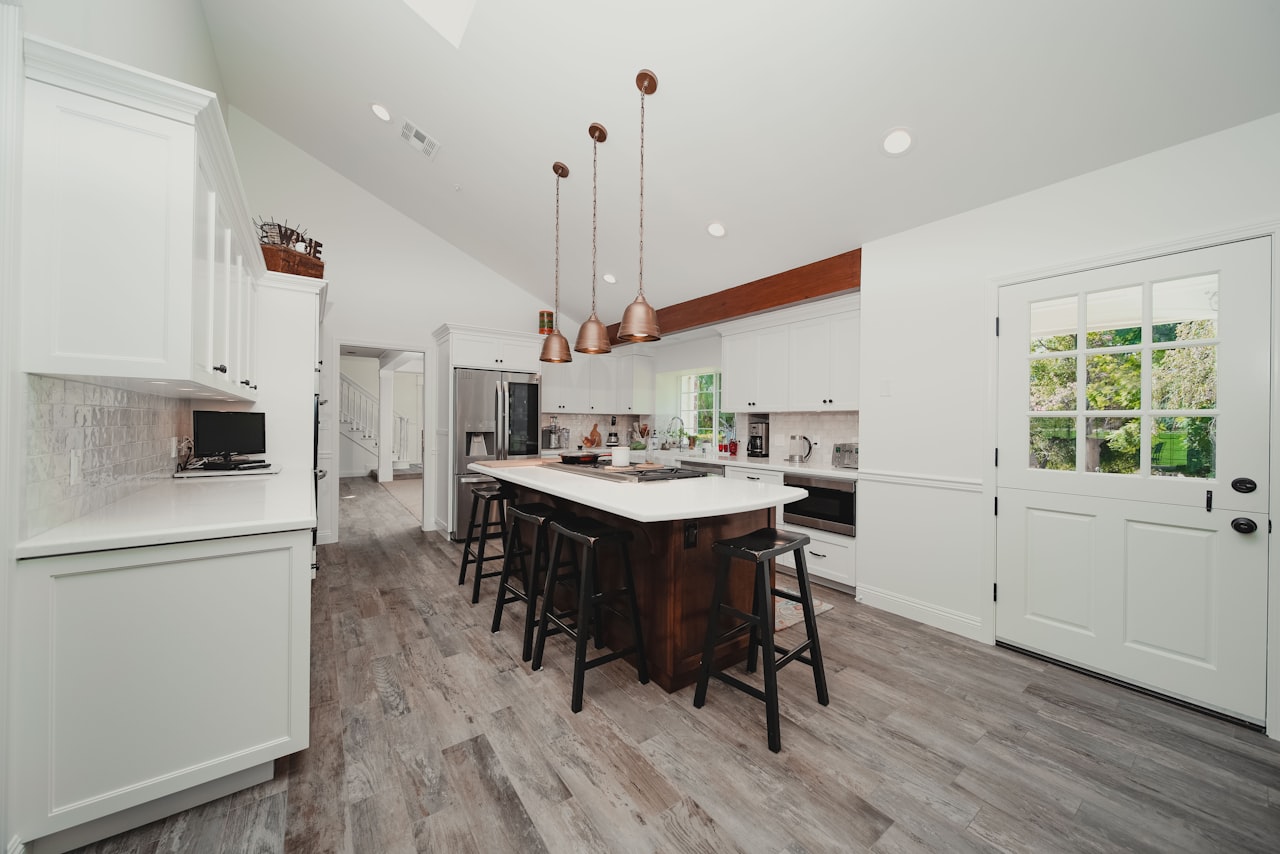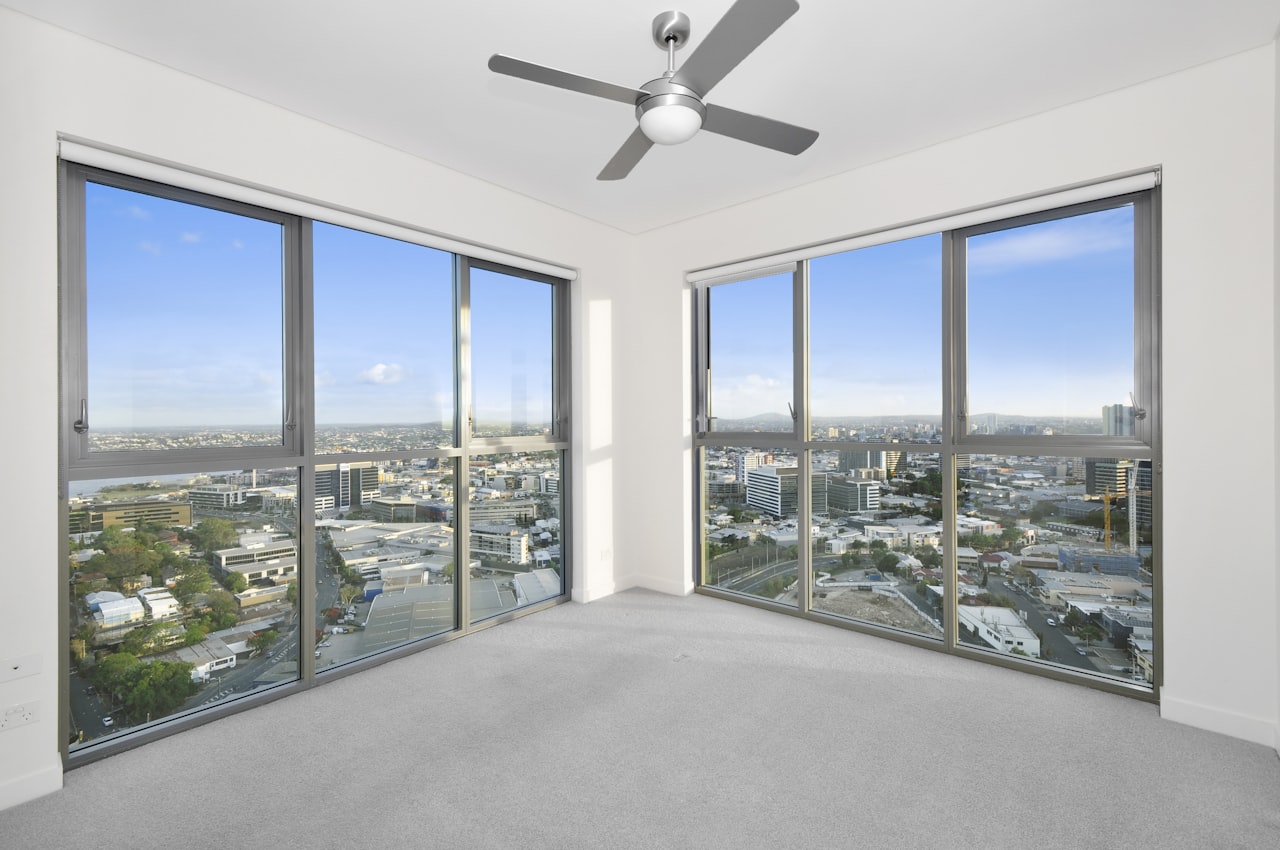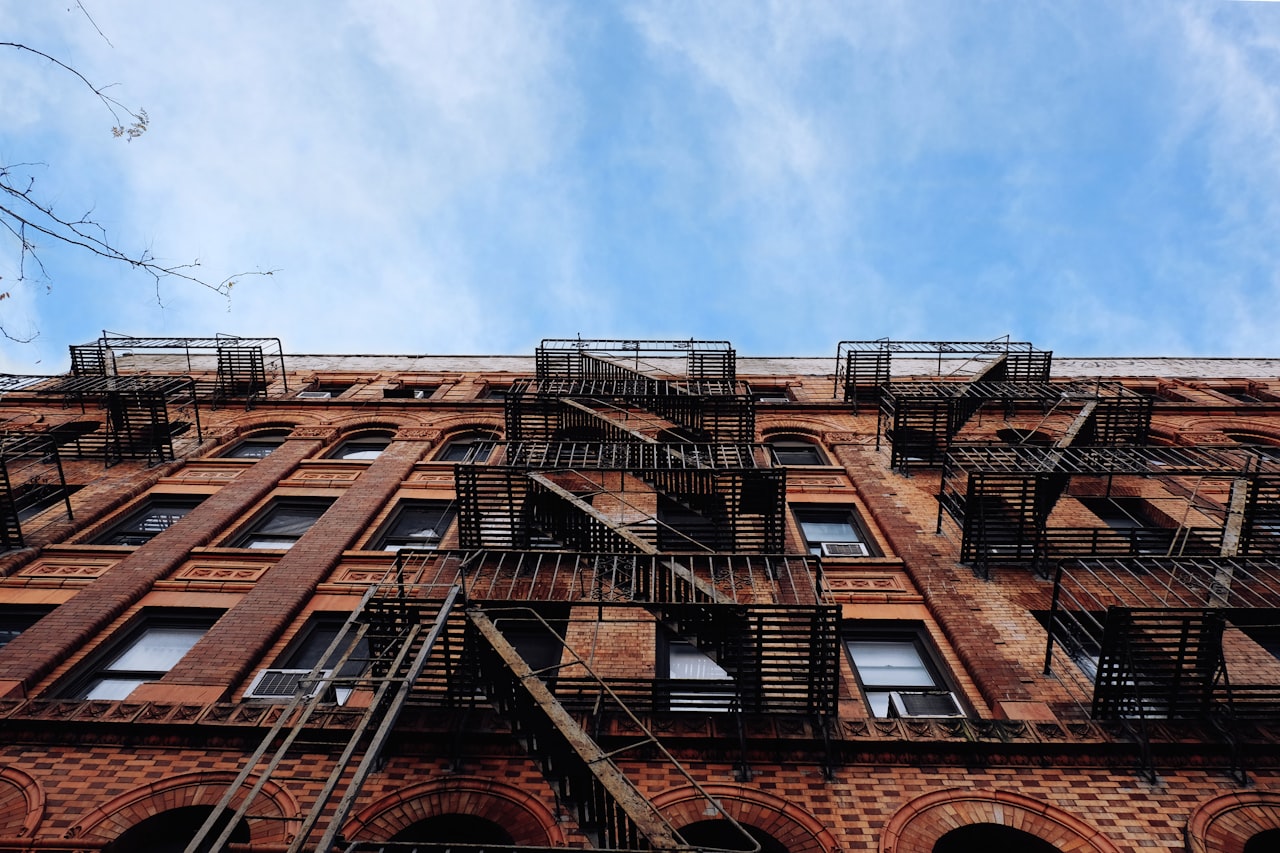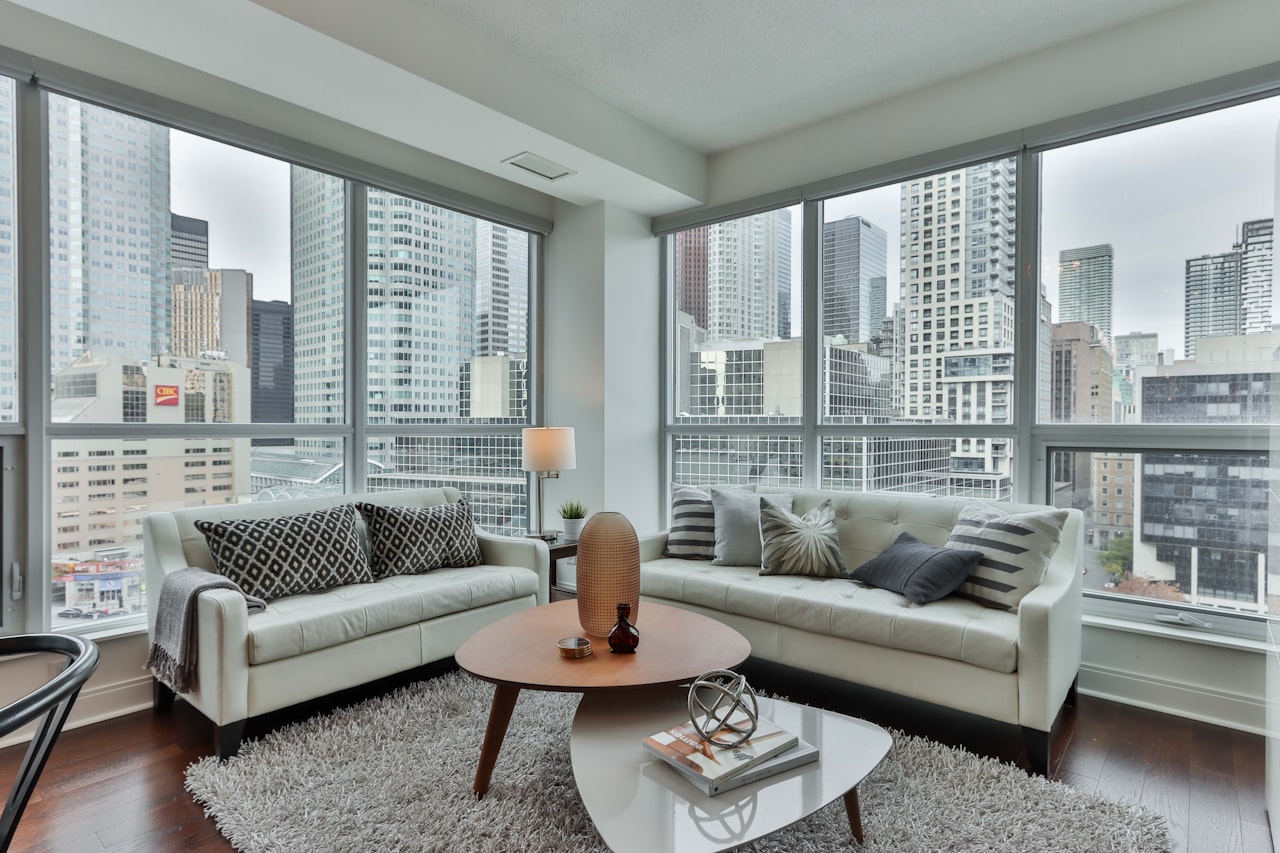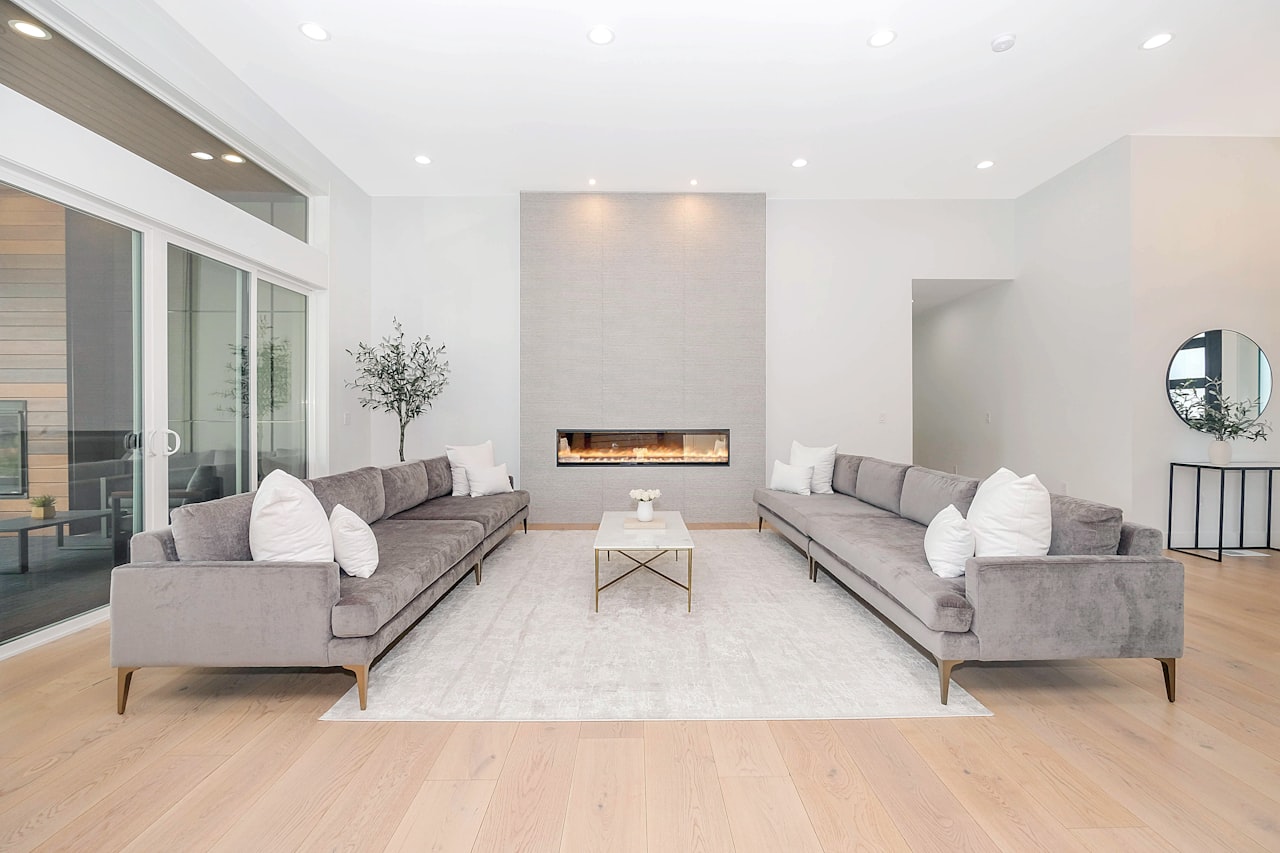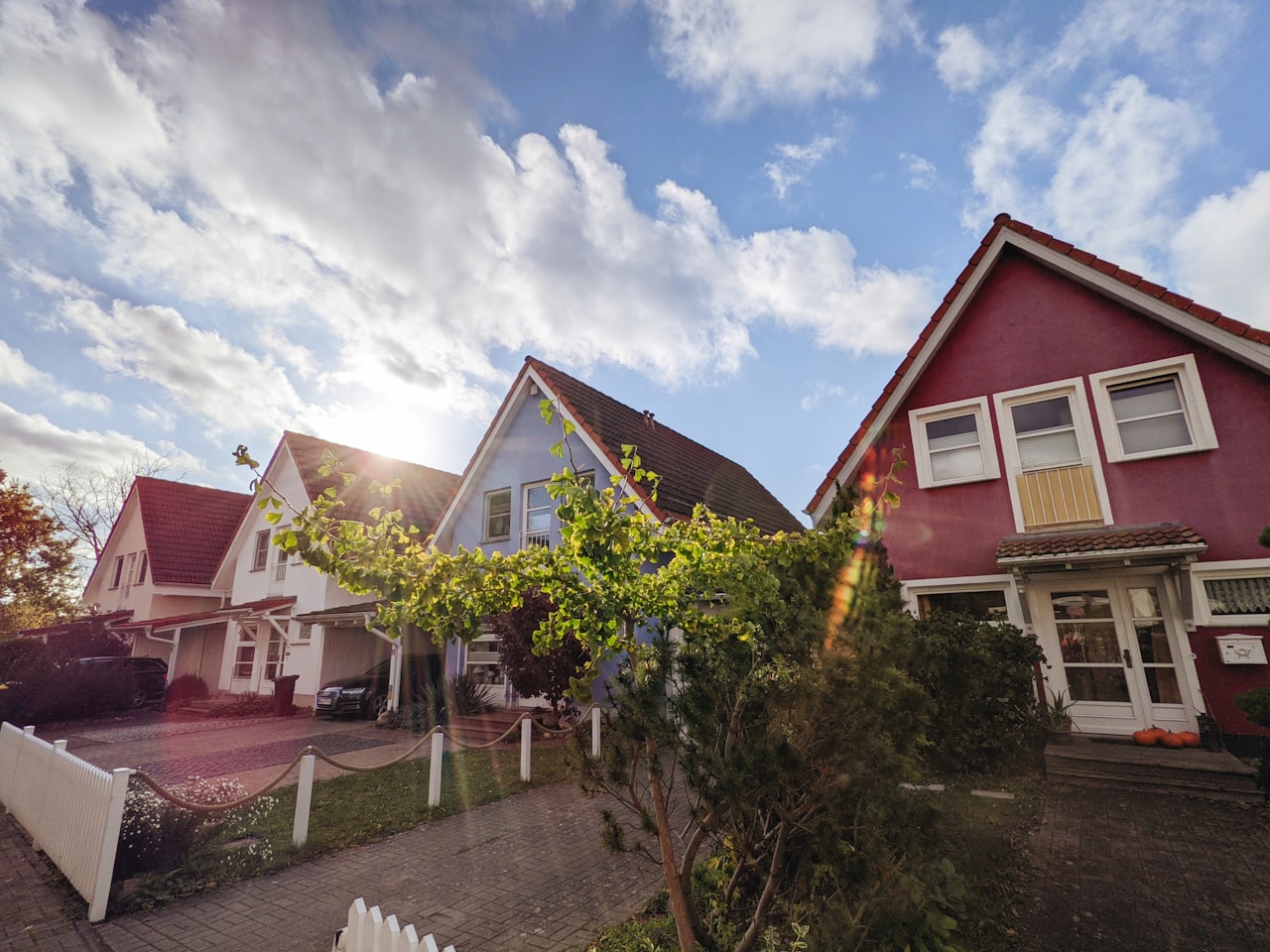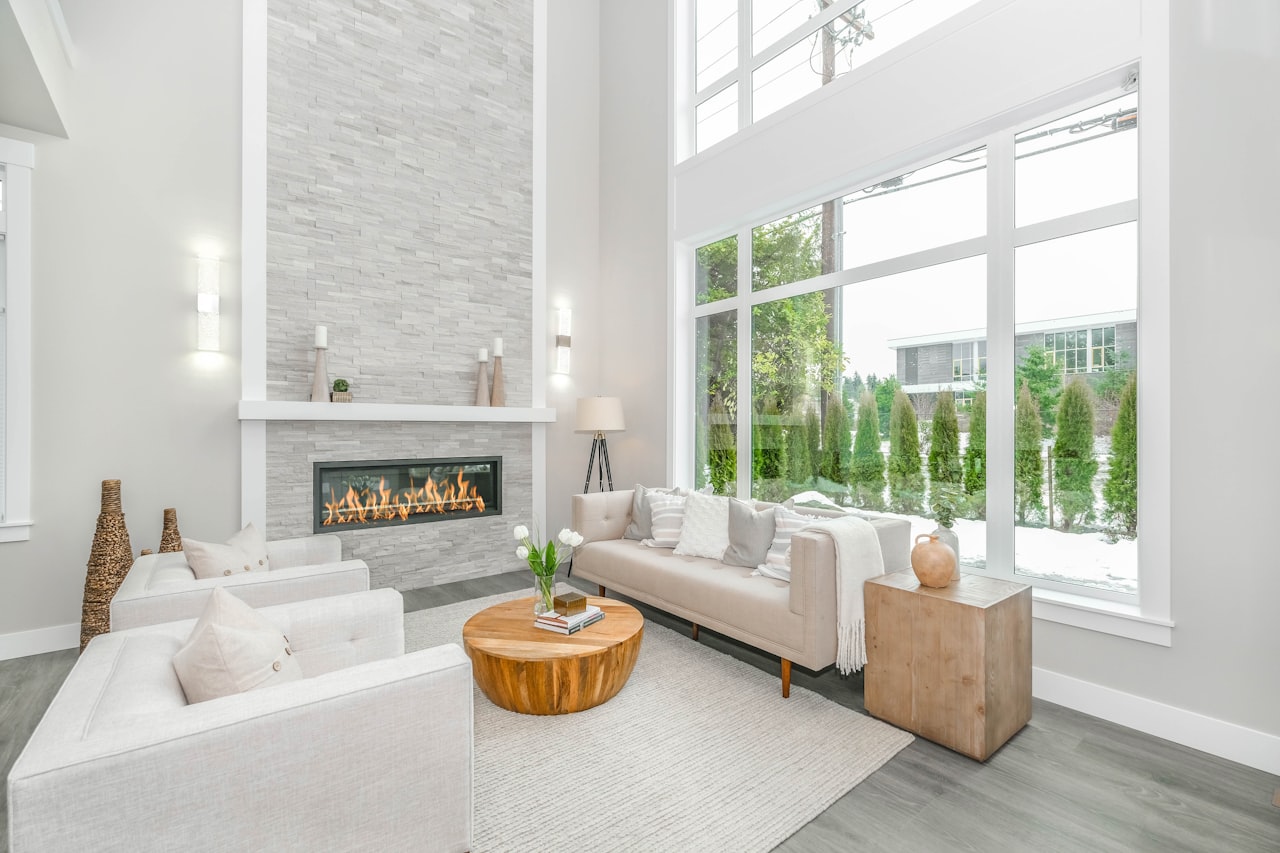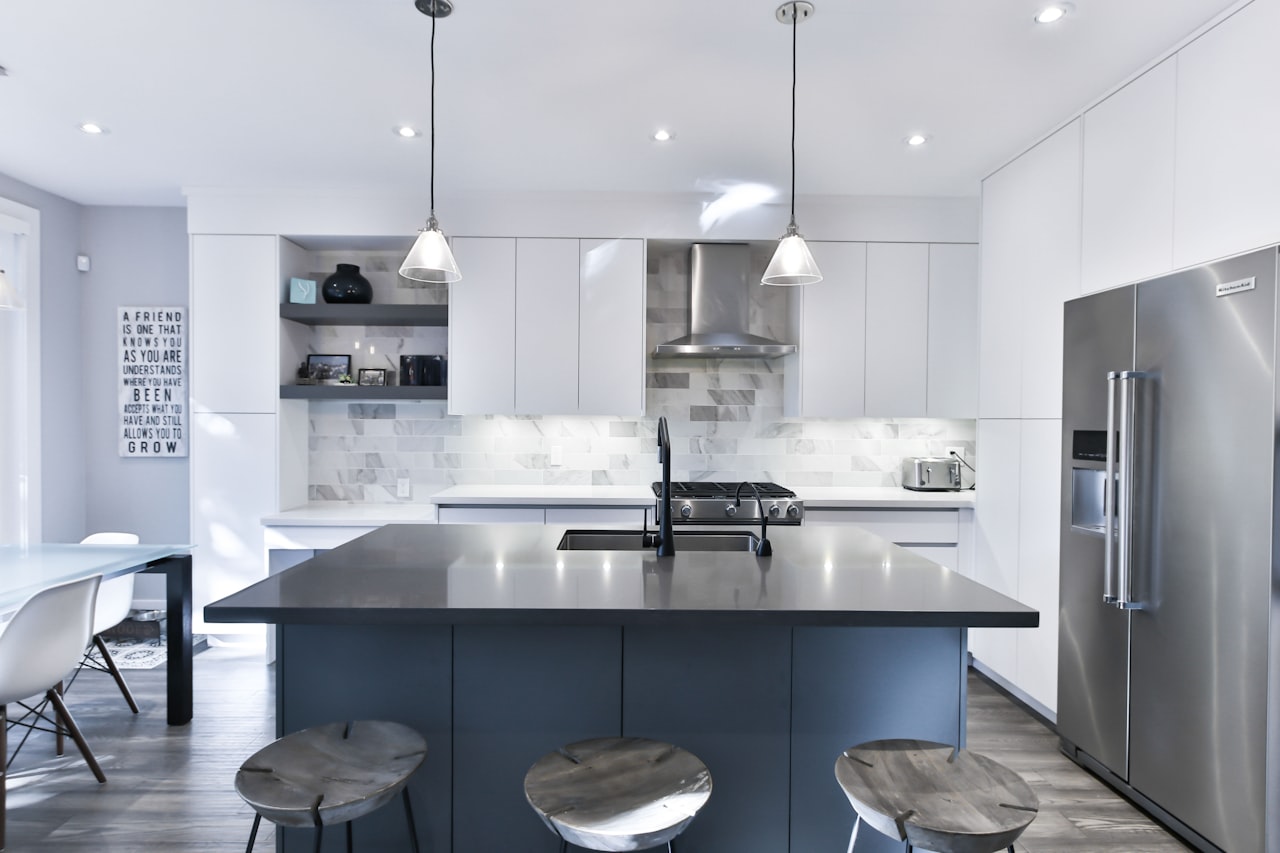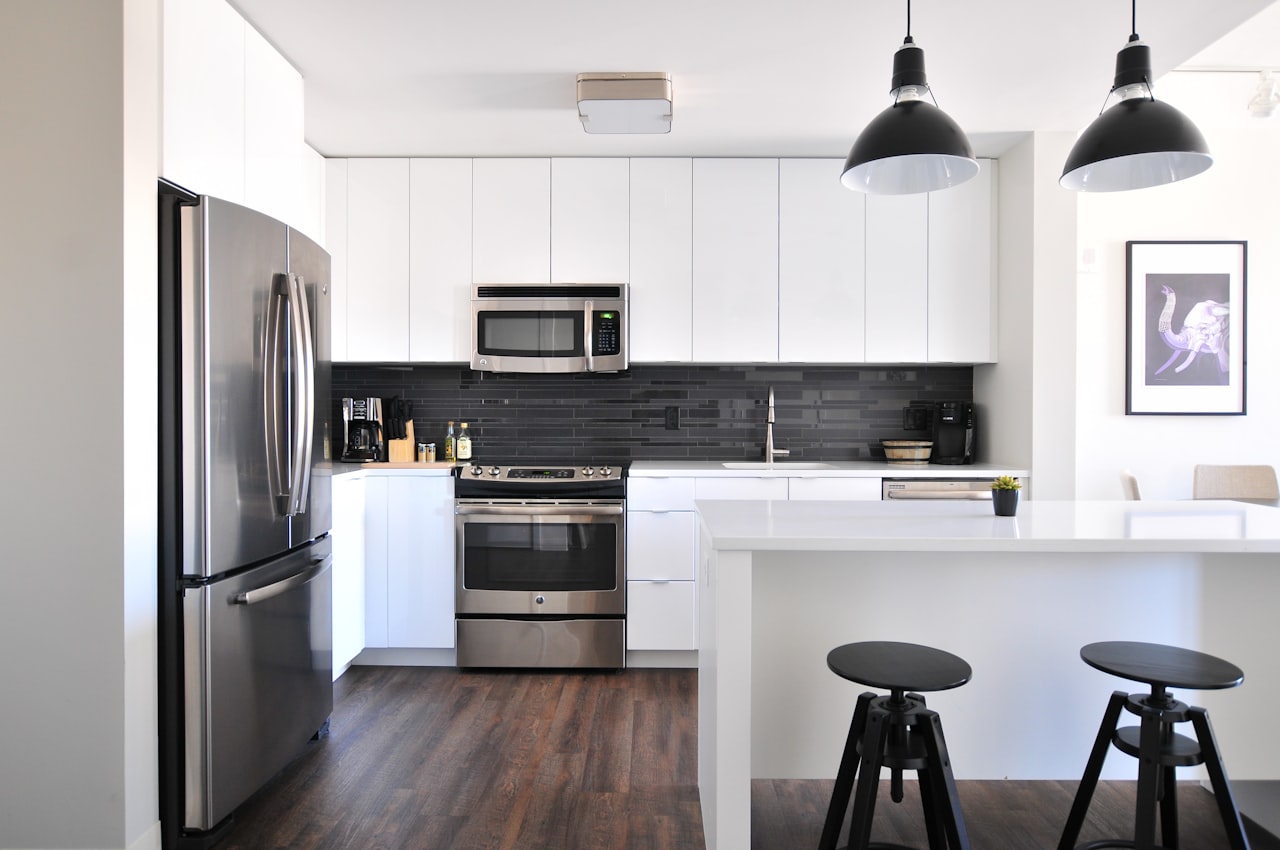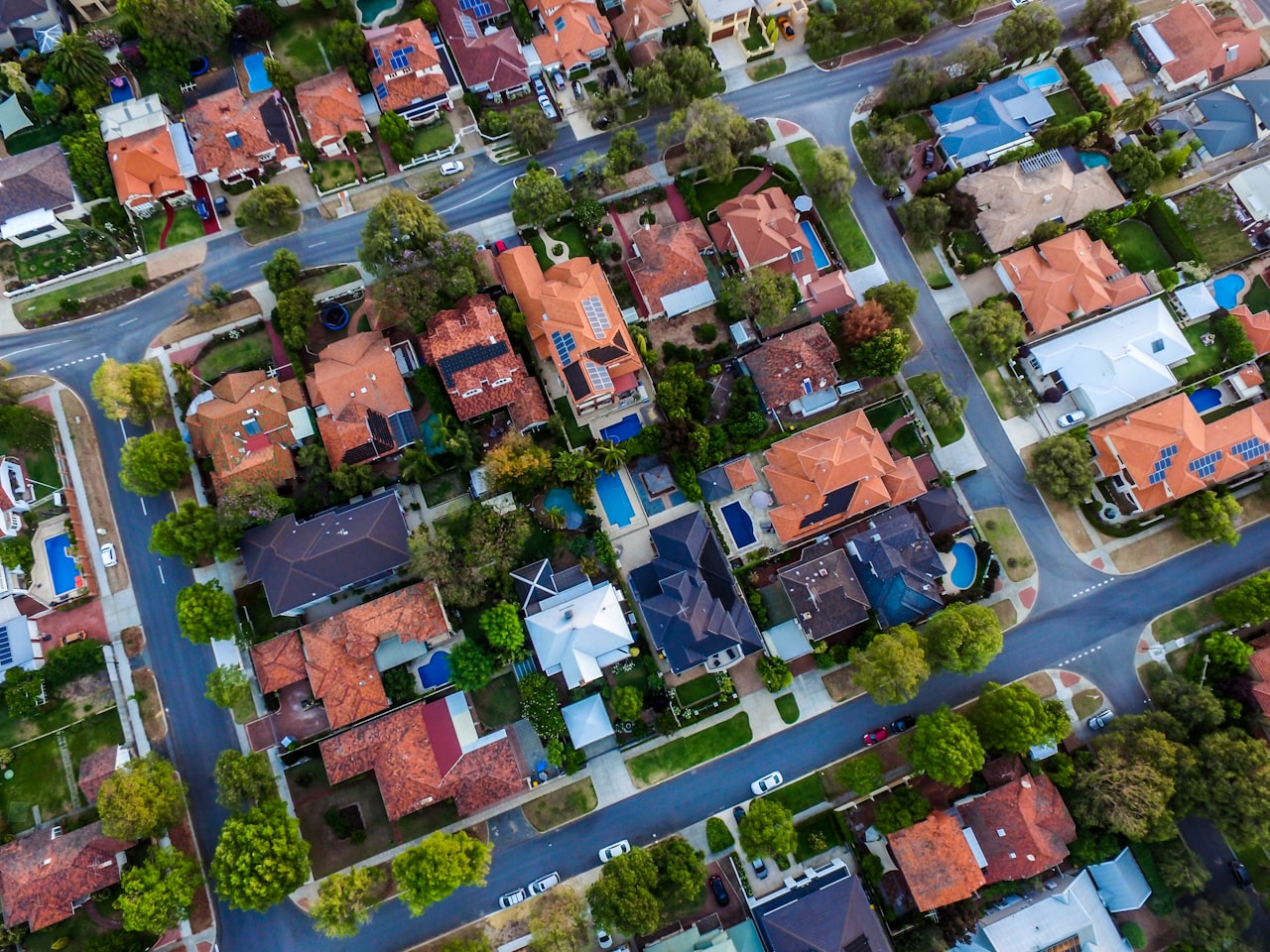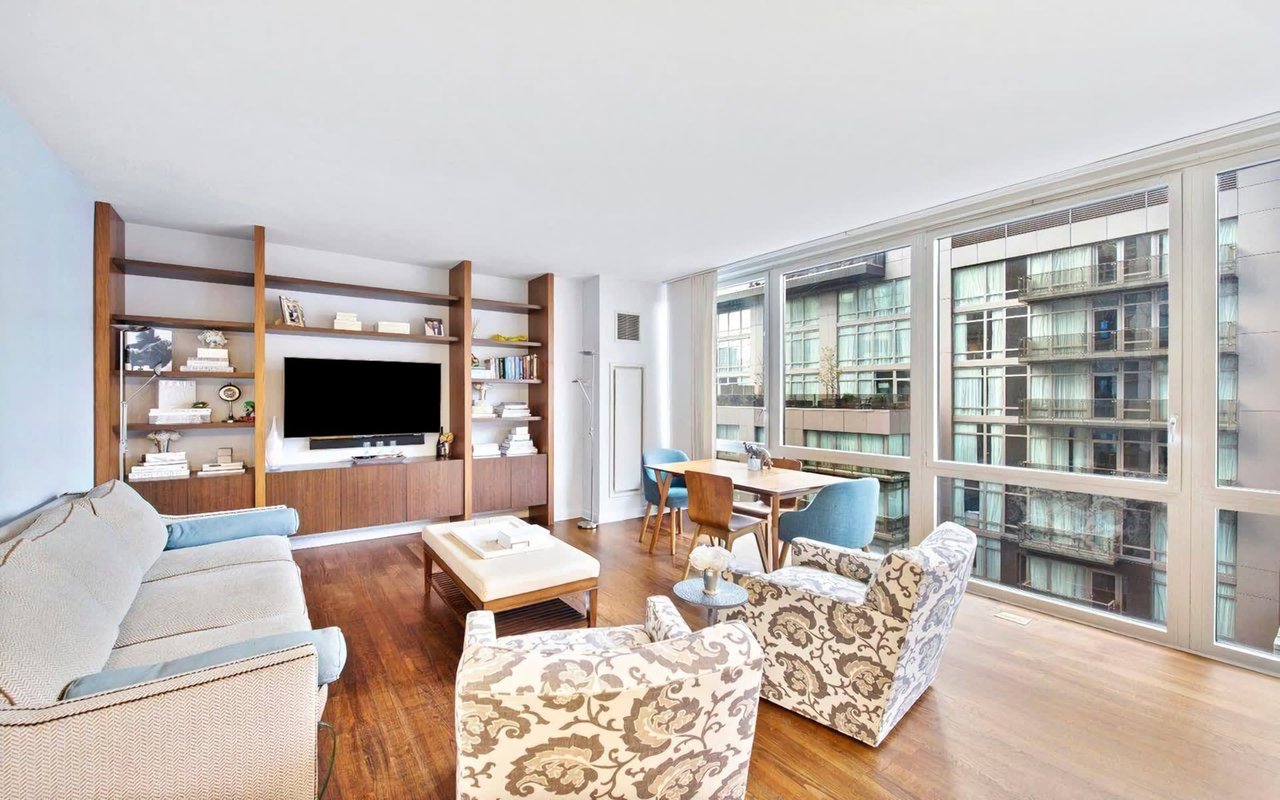The 2021 holiday season looks quite different from 2020, where we were being bombarded with bad and distorted news about NYC. Luxury signed contracts are triple that of 2020, a weak year, but by the end of this month, it looks like our full-year numbers will dramatically beat 2019’s figures - a better gauge.
Some other things to celebrate:
- NYC is now in full price recovery mode
- Interest rates may remain low through 2022
- A strong bonus season is bound to fuel markets
- Low inventory levels in areas are fueling more buyer urgency
- Covid infection rates in urban settings are consistently lower than in many rural settings
- Inflation-driven rent hikes remind all that buying and owning is usually smarter in the long term.
- New York’s 68% fully vaccinated rate appears to be curbing COVID deaths and hospitalizations.
- New Mayor Eric Adams promises to be a uniter with pro-business, pro-development, desire for fairness rhetoric that can only serve all well.
- New York State and City coffers are healthy again, back from close to bankruptcy, fueled by stimulus and taxes generated from real estate.
Rental Market Manhattan rents jumped and lease signings soared in Brooklyn and Queens last month. Renters signed more November leases in the two outer boroughs than they have in more than a decade. Leasing activity fell by 18% in Manhattan, but rents rose at the fastest rate on record. Net effective median rent was 23% higher than last year — $3,369. The price surge brought Manhattan rents to within 4 percent of its pre-pandemic level. Higher-priced apartments are now above where they were before Covid.
Concessions in Manhattan have disappeared at record rates for the past four months. New leases with concessions made up just 25.8% of the market in November. A year ago 56.6% of leases included concessions. Concessions themselves are not as sweet as they were. They averaged 1.5 months of free rent last month, down from 2.1 free months in November 2020. They still exceed the pre-pandemic average of 1.2 months in November 2019, but the gap is narrowing.
Homeowner Assistance Fund New York homeowners facing foreclosure or displacement will soon be able to file for aid from a federal government program. Gov. Kathy Hochul on Monday announced the opening of the New York State Homeowner Assistance Fund. The program will soon begin distributing $539 million in aid to low- and moderate-income homeowners. Homeowners at least 30 days behind on monthly housing payments, including mortgages, property taxes, and water and sewer bills, are eligible as long as their household income is 100% or less of the area median income. Eligibility extends to co-op and condo owners behind on maintenance fees.
Appraisal Gap In May 2021, 20% of purchase-home loan applications had an appraisal gap (meaning the estimated value in the appraisal is lower than the agreed upon contract price) that averaged 4.5% below buyer’s offer price. The frequency of an appraisal gap has since closed quickly after rising rapidly between January and May 2021. The decline in the appraisal gap occurred amid the fastest-rising annual home prices on record but weakening month-to-month price momentum.
Millennials Vs Boomers A new challenge has emerged throughout the real estate markets worldwide: Many smaller, more affordable entry-level homes have two audiences, not just the obvious younger, first time home buyer. Yes, retiring and down-sizing Baby boomers are competing with first time home buyers for the same properties.
The biggest challenge is that the Boomers often have the better finances - as a result of a lifetime of work and savings - to offer more appealing financial profiles to sellers, often all-cash offers. More challenging is that to downsizing baby boomers paying over the asking price is more easily achieved - often the smaller, cheaper homes appear cheap when compared to the large home they may have just sold and knowing they are older - and time is the last luxury - they are not in a 'wait-and-see' mode: they want instant gratification, even if it costs more. Worse, many are buying TWO or even three lesser priced homes in multiple parts of the country to maximize their retirement years. And selling a big house makes this more easily affordable for many.
Granted, Millennials have started being the beneficiaries of the great wealth transfer - via inheritance or gifting - worth $68 trillion, which further compounds the bidding war between them and the Baby-boomers. It could take at least a decade to catch up with US under-building, and it may take even longer to catch up on the more affordable entry level homes as many builders prefer building the more profitable higher priced homes.
We’ll see you in 2022!
